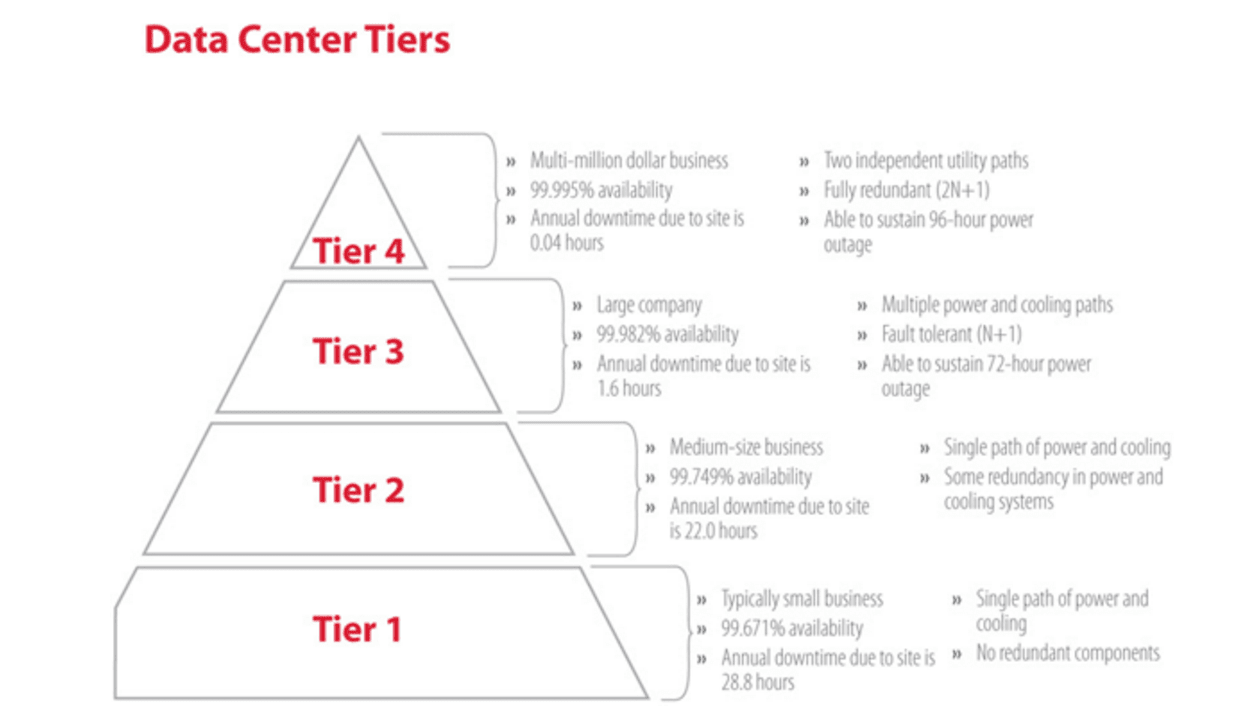If a Company Goes Bust Who Pays Redundancy? Legal Insights for UK Personnel
If a Company Goes Bust Who Pays Redundancy? Legal Insights for UK Personnel
Blog Article
Discovering the Operational Dynamics of Firm Redundancy and Its Long-Term Sustainability

Redundancy Strategies for Service Continuity
In order to make sure uninterrupted procedures, businesses should apply reliable redundancy techniques for organization continuity. Redundancy in this context describes the duplication of important components or functions within a system to alleviate the influence of potential failures. By integrating redundancy strategies, organizations can improve their strength versus disruptions triggered by different variables such as natural catastrophes, devices failings, or cyber-attacks.
One common redundancy technique is the application of back-up systems and information storage space remedies. This entails creating duplicates of vital information and systems that can be turned on in instance of a key system failing. Additionally, organizations can establish redundant interaction channels and power sources to keep connectivity and operations throughout unforeseen events.
In addition, cross-training employees to perform numerous functions within the firm can function as an important redundancy strategy. This makes sure that essential tasks can still be accomplished also if crucial workers are not available because of disease or other factors. Generally, effective redundancy approaches are necessary for services to support functional continuity and minimize the effect of potential disturbances.
Effect of Redundancy on Organizational Strength
Provided the crucial duty redundancy approaches play in making certain service continuity, checking out the impact of redundancy on business resilience comes to be imperative for recognizing the holistic functional dynamics of a firm. Organizational strength refers to an entity's capacity to adapt to disruptions, recuperate from setbacks, and change when necessary while preserving core features. Redundancy, when tactically implemented, can dramatically add to enhancing a company's strength in the face of unanticipated challenges. By having backup systems, employees, or processes in position, firms can better stand up to shocks and continue operations with very little disturbance.
Furthermore, redundancy can boost worker spirits and self-confidence, recognizing that there are backup strategies in position to resolve unforeseen circumstances. This complacency can result in enhanced productivity and a more positive work setting. In addition, redundancy can cultivate technology and creative thinking within a company as staff members really feel encouraged to take calculated dangers, understanding that there is a safety net to support them in instance of failing. Generally, the effect of redundancy on organizational resilience is extensive, forming the lasting sustainability and success of a firm.
Stabilizing Effectiveness and Flexibility in Redundancy
Attaining a harmonious balance in between operational effectiveness and flexible flexibility is a critical difficulty in the strategic deployment of redundancy within organizations. As well much adaptability without a strong operational foundation can result in ineffectiveness and incongruity.
To balance effectiveness and adaptability in redundancy preparation, organizations need to carefully evaluate their functional requirements, market characteristics, and critical objectives. Implementing lean practices can improve effectiveness by removing and simplifying procedures waste, while cultivating a society of flexibility and continual enhancement can boost flexibility. Additionally, purchasing cross-training programs and durable interaction networks can assist cultivate a versatile workforce qualified of taking care of diverse jobs during periods of transition. Ultimately, discovering the appropriate stability in between effectiveness and versatility is critical for constructing a lasting and resistant company in the face of uncertainty.
Long-Term Sustainability Via Redundancy Planning
To make sure long-lasting viability and stability, organizations need to purposefully align their redundancy planning with long-lasting sustainability goals, consequently integrating functional efficiency with adaptive versatility. Business must watch redundancy not as a responsive solution to immediate issues however as an aggressive strategy for long-lasting success.

Proactive Measures for Lasting Business Workflow
How can companies proactively improve their operational sustainability see this for long-term success? Executing positive visite site steps is necessary for firms intending to ensure sustainable procedures.
Furthermore, promoting a culture of continual improvement and discovering within the company can boost flexibility to transforming market conditions and client demands. Motivating worker participation in decision-making procedures and giving opportunities for specialist growth can enhance spirits, efficiency, and general performance. Developing clear objectives, checking vital performance indications, and regularly evaluating progress are essential elements of proactive sustainability management.
Teaming up with vendors, consumers, and various other stakeholders to advertise sustainable practices throughout the supply chain can produce a surge impact of favorable effect - redundancy pay if company goes bust. By taking aggressive steps towards operational sustainability, companies can develop resilience, drive technology, and protect their long-term success in an ever-evolving service landscape
Conclusion

In the realm of organizational management, the tactical release of firm redundancy stands as a pivotal yet intricate technique that requires a delicate equilibrium in between functional performance and lasting stability. By studying the operational characteristics that underpin company redundancy and examining its more comprehensive implications for business resilience and versatility, a nuanced understanding of exactly how redundancy techniques can form the future trajectory of a business starts to unfold.Offered the crucial duty redundancy techniques play in ensuring service connection, exploring the influence of redundancy on organizational durability comes to be vital for comprehending the all natural operational dynamics of a firm. Overall, the effect of redundancy on business resilience is profound, shaping the lasting sustainability and success of a company.
In final thought, recognizing the her latest blog operational dynamics of business redundancy is critical for guaranteeing long-lasting sustainability.
Report this page